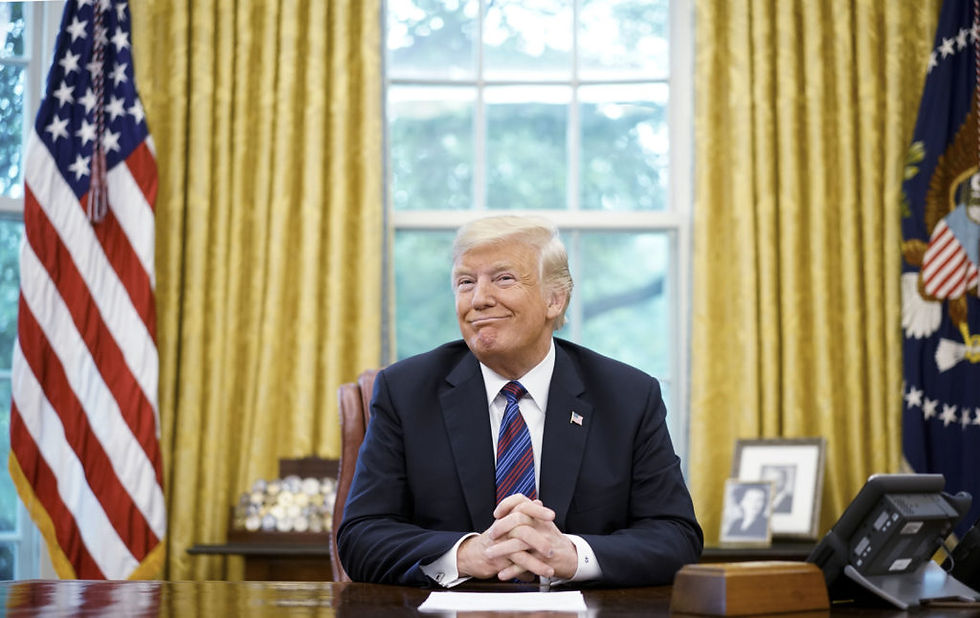The Gray Market: Why the Trump Tax Cuts Are Killing the Art Market Despite Coddling the Richest Amer
- Tim Schneider
- Oct 16, 2019
- 2 min read
US President Donald Trump smiles. Photo courtesy of Mandel Ngan/AFP/Getty Images.
Every Monday morning, artnet News brings you The Gray Market. The column decodes important stories from the previous week—and offers unparalleled insight into the inner workings of the art industry in the process.
This week, stringing up the trickle-down fantasy…
CUT ME DEEP
On Sunday, David Leonhardt of the New York Times held forth on a bombshell conclusion about American class disparity with a blast radius that impacts everyone. According to research by economists Emmanuel Saez and Gabriel Zucman, the 400 richest families in the US paid a lower total tax rate in 2018 than everyone else in the country. And while Leonhardt never draws a specific link between this ghastly stat and the art market, I think the consequences are very real… but not necessarily in the way you might think.
Saez and Zucman’s data appears in their forthcoming book, The Triumph of Injustice: How the Rich Dodge Taxes and How to Make Them Pay. To elaborate a bit, the duo claim that the 400 plutocratic families in question benefitted from a total total tax rate—meaning a combination of federal, state, and local levies—of just 23 percent last year. In comparison, the poorest half of Americans paid a total rate of 24.2 percent, and the other income brackets’ rates rose higher.
While some other pedigreed tax dorks (such as Howard Gleckman of the non-partisan Tax Policy Center) dispute the details of the finding, no one with a shred of credibility contests the distressing macro situation it manifests: namely, that the wealthiest citizens have managed to warp the system in their favor to achieve stunningly low rates on their historically stacked fortunes, while all other earners have lagged far behind.
Another point on which nearly every serious analyst agrees is that Donald Trump’s Tax Cuts and Job Act has had a plump orange hand in creating this state of affairs. Passed through a conservative-controlled Congress at the close of 2017, the bill reshaped the American tax code to plutocrats’ disproportionate benefit effective January 1 of last year. (Leonhardt succinctly defines the law as “largely a handout to the rich.”) In fact, Saez and Zucman contend that these Trump-sponsored changes provided the last bit of force needed to plunge the 400 wealthiest families’ rates below those of the rest of the US.
You might think that this situation automatically benefits auction houses and galleries, especially those at or near the apex of the sales hierarchy. After all, their richest American clients were allowed to keep a stupid amount of money in their pockets after taxes last year, with similar savings in store going forward. That should translate to more sales and resales of high-dollar work… right?
Well, not exactly.
Cheers,
Errol






Comments